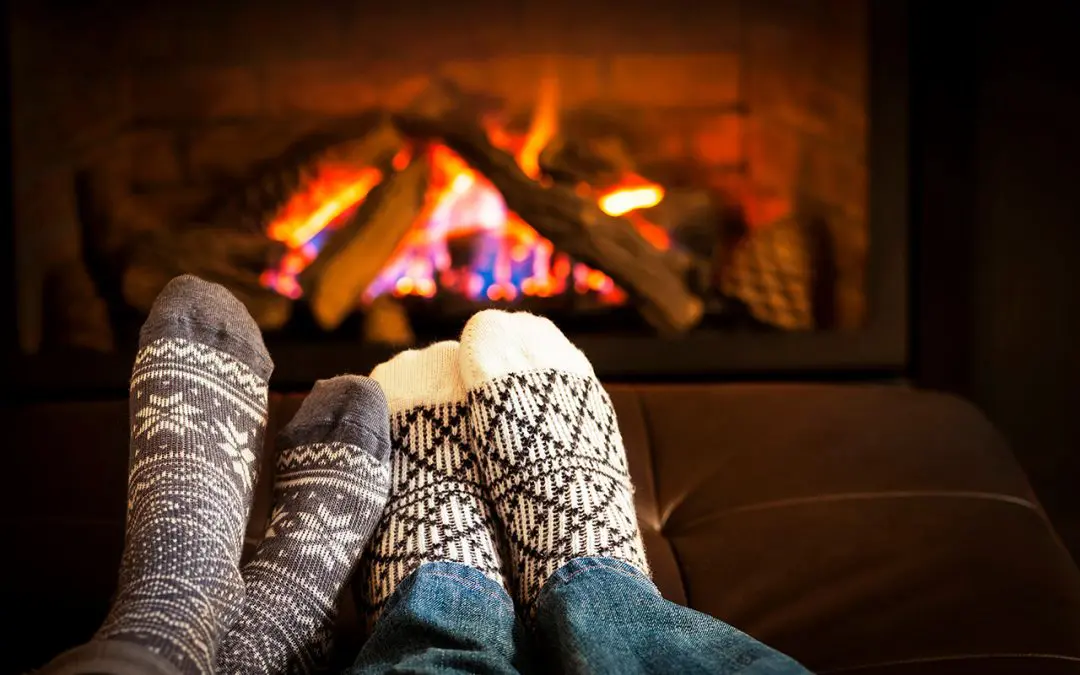With winter approaching, there are some tasks to put on your to-do list to get your home ready. While you service your HVAC and clean your gutters, you may not think about your fireplace until you want to use it. Prepare your fireplace for winter by completing these steps.
Prepare Your Fireplace by Sweeping Your Chimney
One of the top causes of chimney fires is buildup in the chimney. Chimneys can become clogged by bird nests and other debris over the spring and summer months. Flammable creosote may have accumulated on the walls from fires burned last winter. The National Fire Protection Association advises homeowners to have their chimney swept at least once a year to reduce creosote and soot buildup.
Check for Cracks and Abnormalities
Even with regular chimney cleanings, it is important to have a professional check for any damage to the chimney structure on an annual basis. Loose bricks, deterioration, and missing mortar can cause dangerous conditions for having a fire in your fireplace. Cracks can also let water in, which compromises the structural integrity of the house. These issues are not always obvious, so ask a professional to check for chimney damage.
Inspect and Replace the Chimney Cap
A chimney cap can be easily damaged or dislodged from its original position. If it is not secure, it can allow twigs, leaves, and other debris to fall into the flue. Replace or repair the chimney cap if the inspection reveals that it is not in good condition.
Take a Look at the Damper
A damper is a mechanism that controls the airflow within the system. Opening it wide will allow more airflow while closing it blocks airflow. A properly functioning damper is important for releasing fumes and to limit creosote buildup. When a fire burns too low, creosote builds up faster. If the damper doesn’t open and close easily, have it fixed to prepare your fireplace for winter.
Check Smoke Detectors and Carbon Monoxide Alarms
When using your fireplace, it is important that your safety devices work. Check the batteries in smoke detectors and carbon monoxide detectors. Replace the batteries if they have not been changed in a year, and replace units that are over 10 years old. If you don’t already have them, install both smoke and carbon monoxide detectors in the same room as the fireplace, but not too close to it. This can trigger false alarms.
Prepare Your Fireplace for Use With Smart Tactics
There are risks associated with having a fire in the home. Homeowners can eliminate or reduce these risks by following proper maintenance schedules and practicing common-sense fire safety. When used safely, fireplaces are a great way to heat the home in the winter.
Jones & Cooper Home Inspections provides home inspection services to Metro Louisville. Contact us to schedule an inspection.

